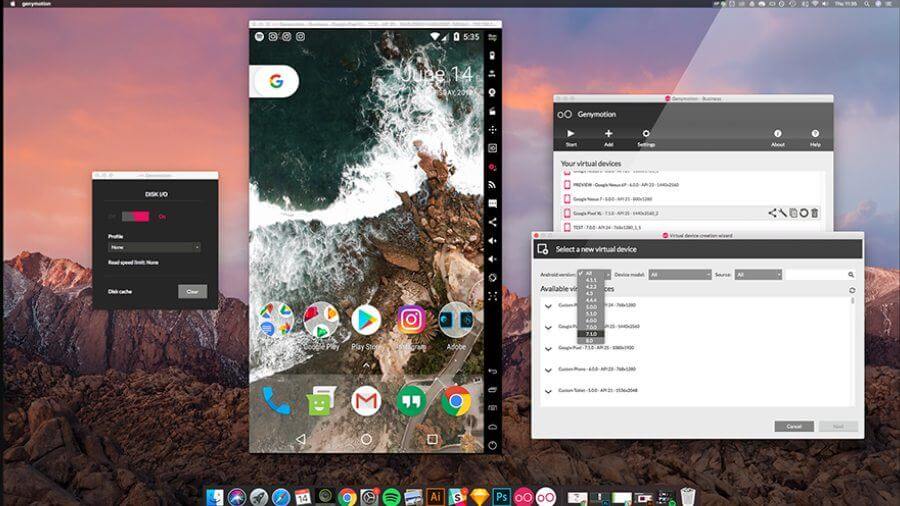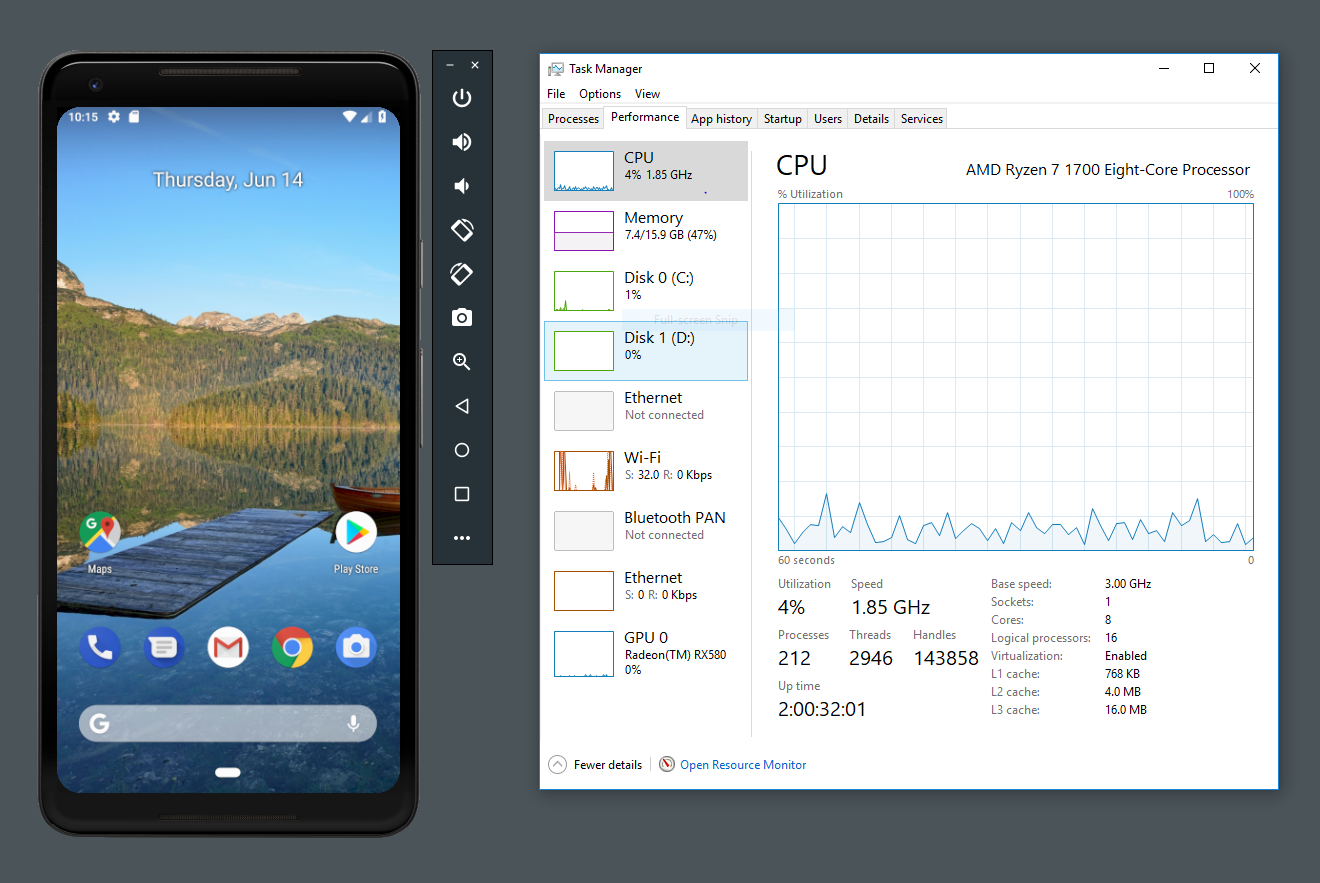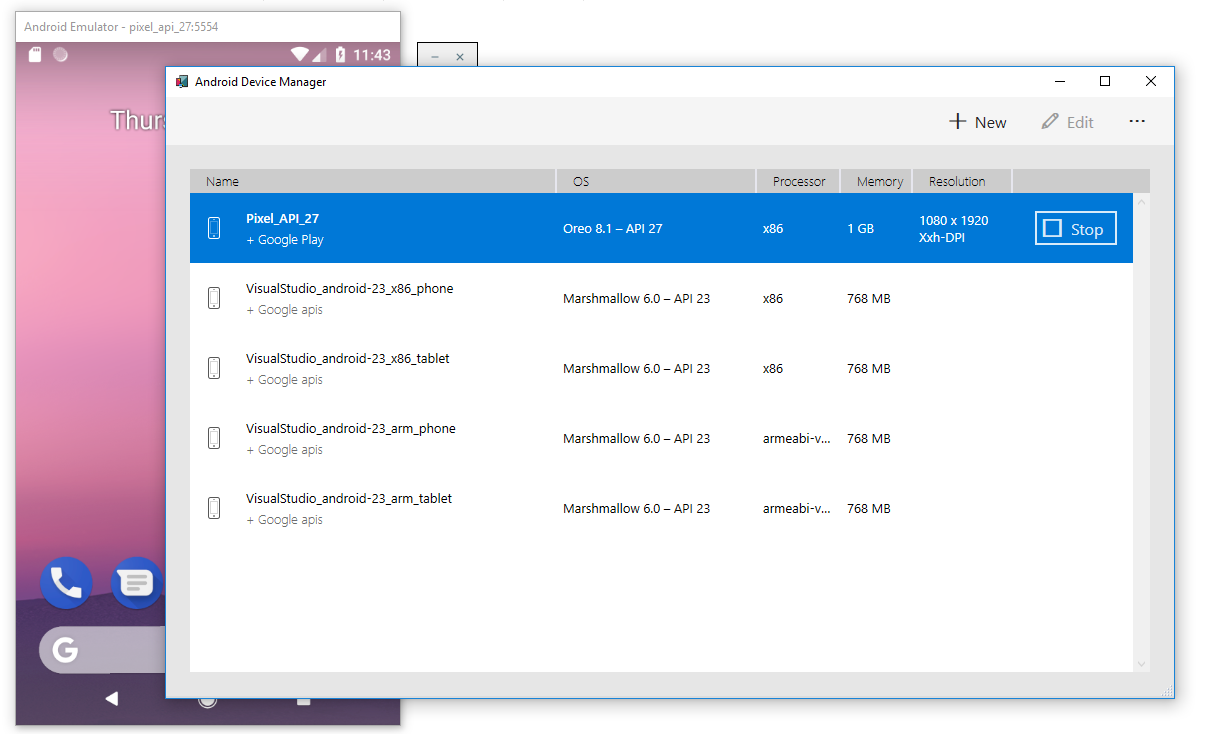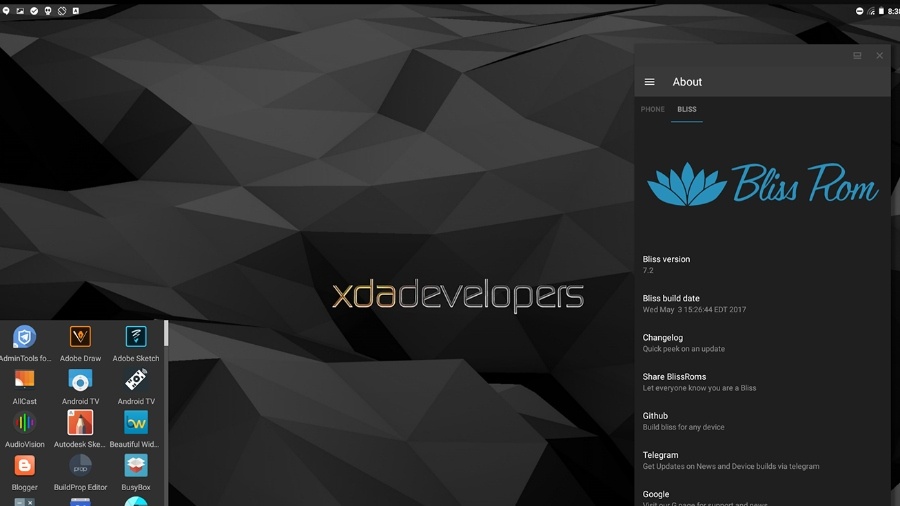- Using Android Studio Emulator
- Android Emulator Mac Android Studio Download
- Android Emulator Mac Android Studio Online

Android virtual device also known as AVD is used to test, run, execute android apps at developing time on computers. Android emulator provide us the path to test your newly developed android applications directly on windows computer, Mac PC’s, Linux computer. AVD creates same environment as android mobile phones on windows computer these environments system image set-up called as emulator. Application developer can test their newly developed app on this emulator and they works same as they do in real mobile phones. AVD emulator makes our windows, Linux, Mac pc platform friendly so android apps runs on it. So here is the complete step by step tutorial for Create Android Virtual Device Emulator on Android Studio.
Using Android Studio Emulator
- Want to run Android apps or games on Windows or Mac computers? Here are the 14 best free Android emulators for PC and Mac recommended to you.
- Create Android Virtual Device Emulator on Android Studio.Test run android apps using Emulator in windows computer,test,run,execute android apps on computer.

Create Android Virtual Device Emulator on Android Studio.

How to uninstall Android Studio using Terminal. As we mentioned before, you can’t just drag and drop the Android Studio app to Trash. The reason is that in this case, applications leave their service files on your Mac. To uninstall Android Studio with all its service files at once, use the Terminal command line. Follow the steps below.
1. Start android studio on your computer.

2. Click on AVD Manager icon.
3. Click on Create Virtual Device.

4. Select any device or select Nexux one 3.7 480×800 hdpi device. After that click on Next button.
5. Select any of android version for your emulator and again click on next button.
6. Now click on Finish button to complete avd creating procedure.
Android Emulator Mac Android Studio Download
7. To start your created android emulator simply click on Play icon present at the front of emulator name.